Enhance basic education for children
The main objective of the project was to enhance the quality of formal and non-formal basic education for children in the targeted communities. The project addressed the following areas: physical, cognitive, social and emotional development of children; prevention of illnesses such as HIV/AIDS and malaria; vaccination campaigns; rehabilitation and reintegration of children/orphans affected by disease, poverty and local conflicts; community development.
385 new teachers received training sessions, providing them with the skills to deliver Right To Play program activities. Follow-up training sessions were led for 424 teachers (162 women). Newly trained teachers and coaches were provided with sport and play equipment to organise activities for children and more than 25 community-led play spaces were rehabilitated. Health experts from Benin’s Ministry of Public Health conducted educational campaigns to address malaria, waterborne diseases and sexually transmitted infections for 52 staff from partner organisations, training them to educate children and youths on causes and prevention. Additionally, 2,800 children, youth and community members received HIV and AIDS prevention training.
Right to Play (RTP) is an international NGO which uses sport and play programmes to improve health, life skills and foster peace among children and communities in the most disadvantaged areas of the world.
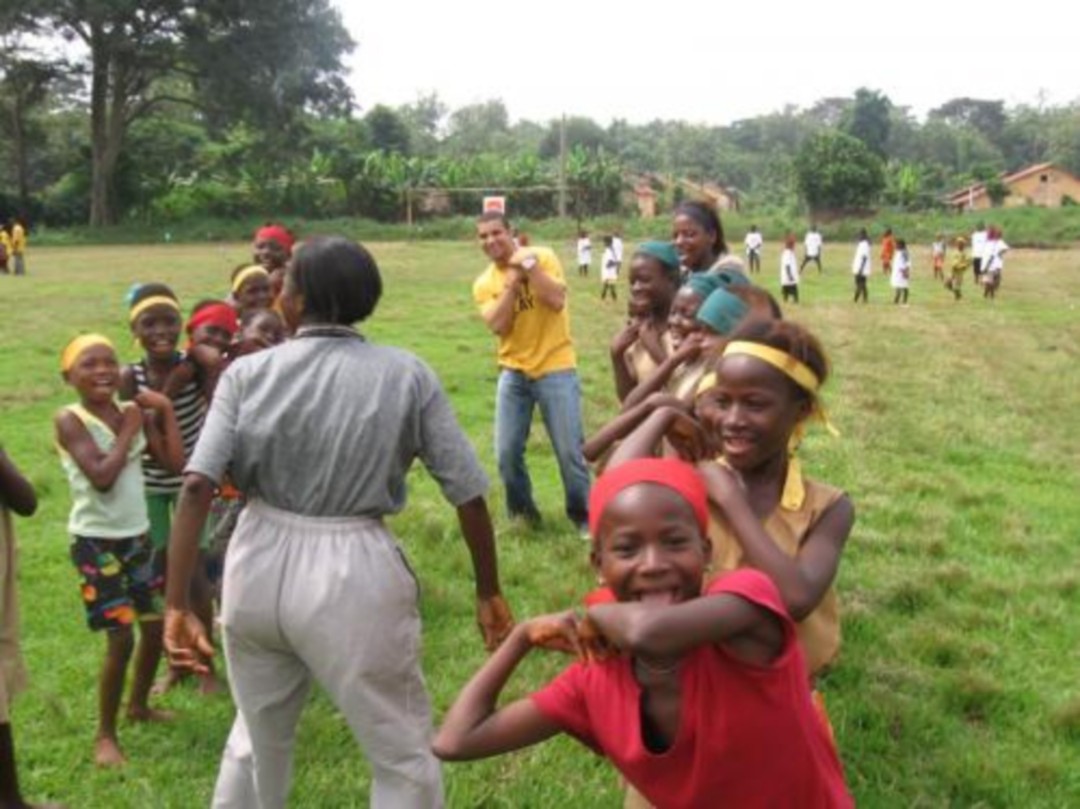


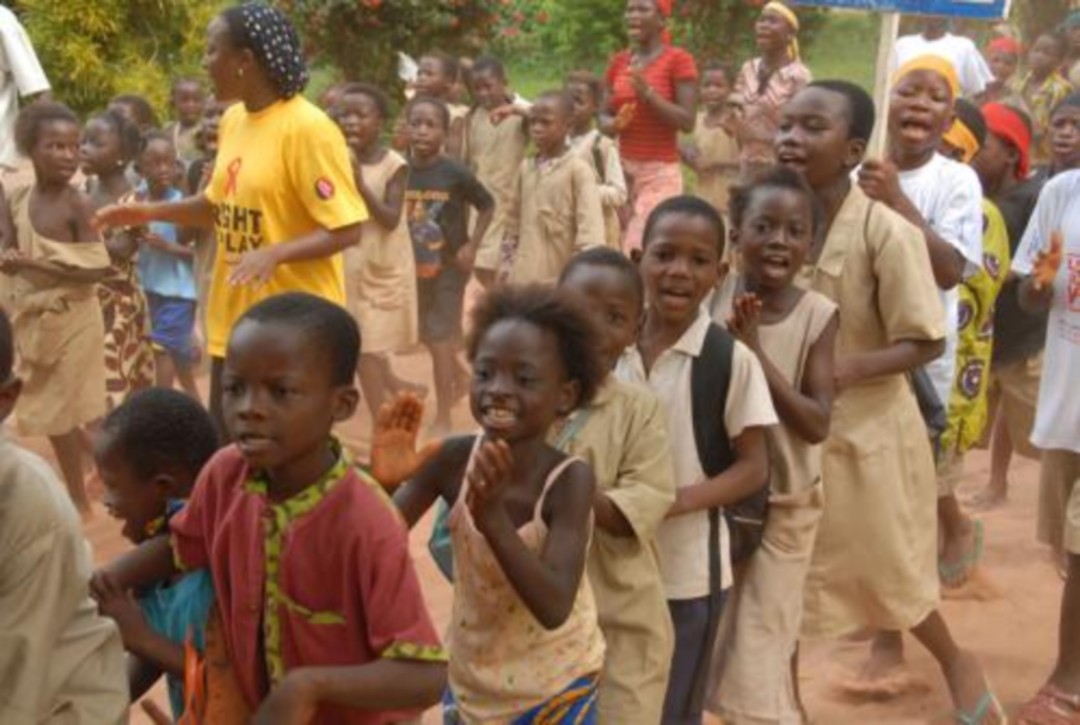
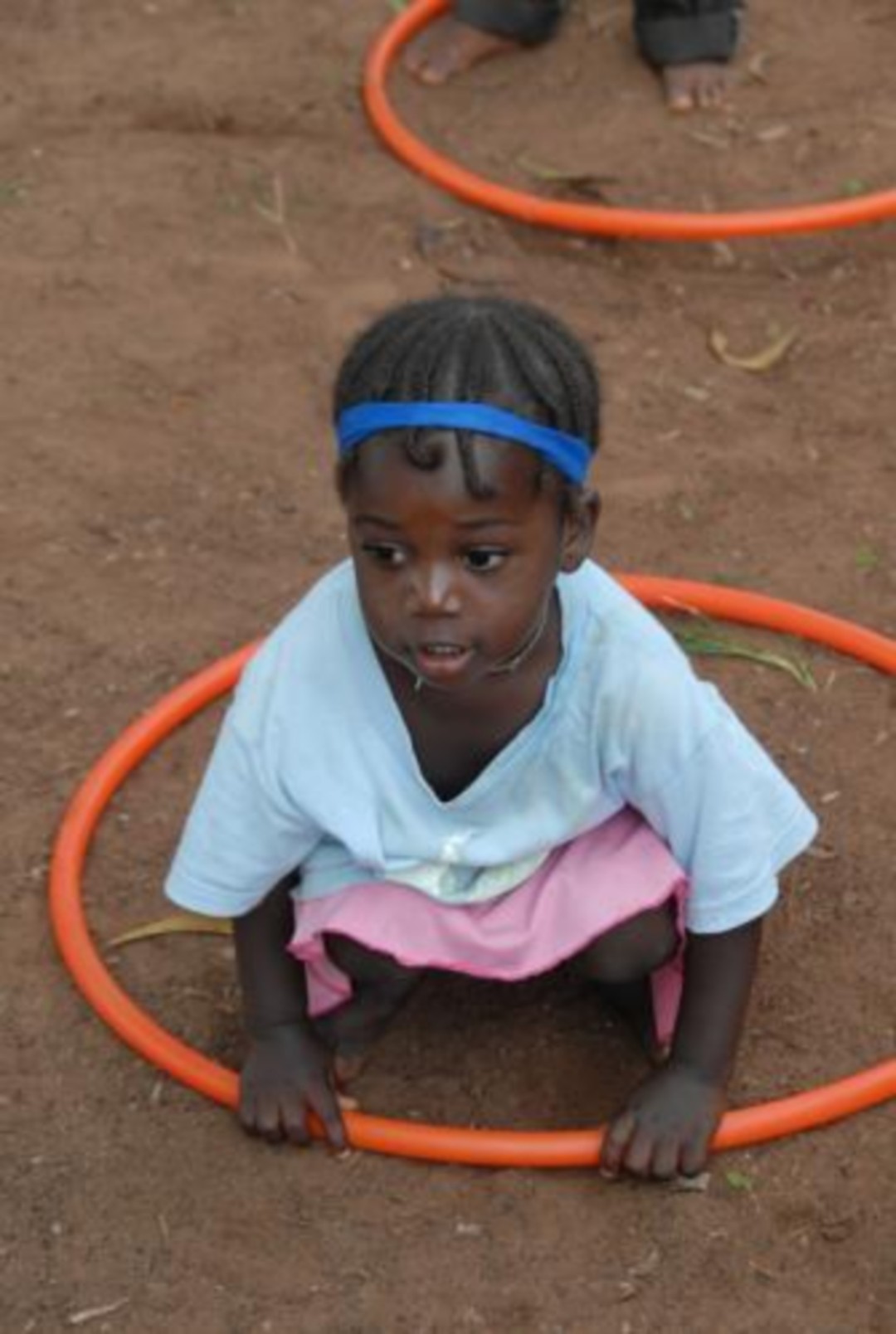

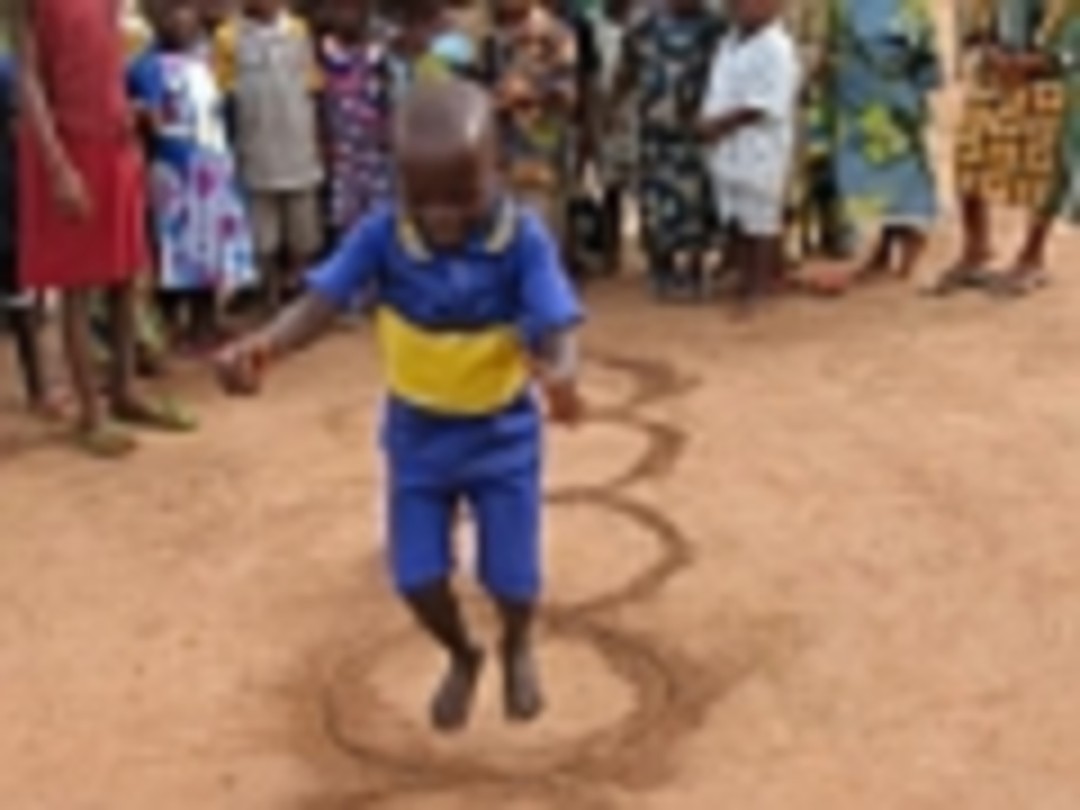



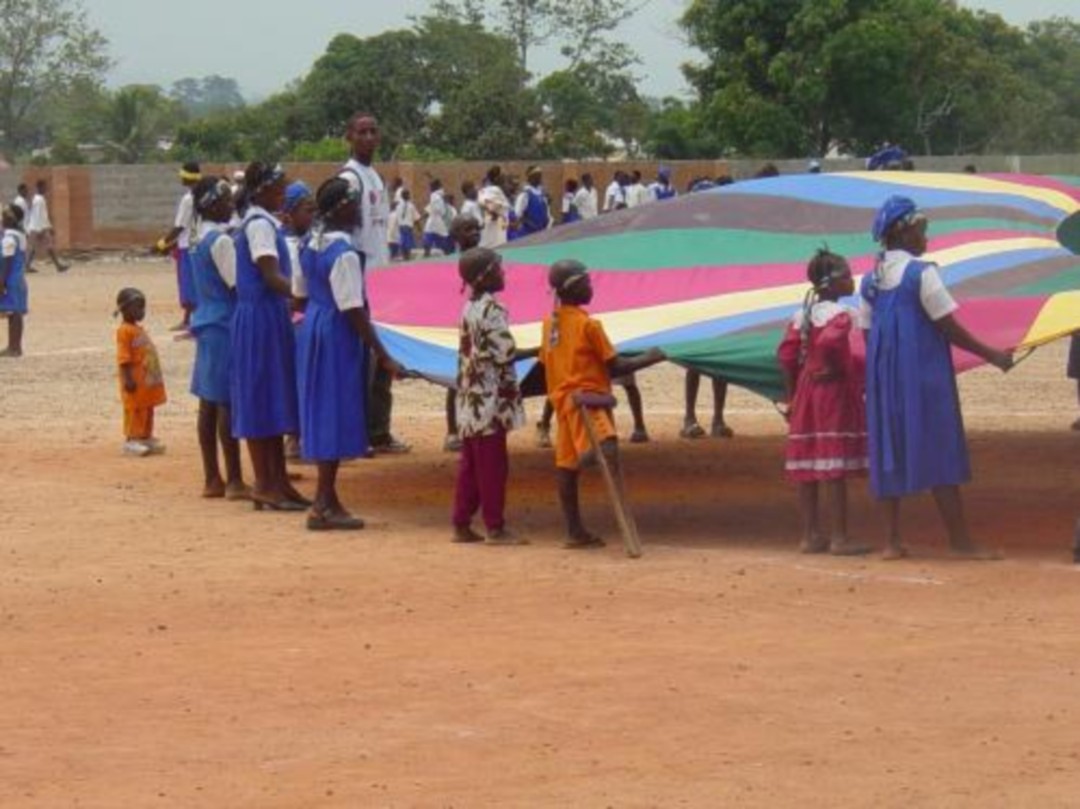


Benin
Population
11.2 million (2017)
Per Capita Income
USD 800/year (2017)
Poverty rate *
40% (2015)
Literacy rate
33% (2016)
Human Development Index
163rd out of 189 countries (2018)
Benin has implemented important economic and structural reforms over the past decade leading to notable improvements in human development. Despite moderate GDP growth, 4 to 6% per year over the past two decades, poverty remains widespread and on the rise. Significant challenges remain in the health sector, with child and maternal mortality remaining high. With one of the lowest literacy rates in the world (33%), the quality of education still requires improvement. The share of public expenditure for the health and education sectors has significantly dropped over the past two years (from 7 to 4% and from 23 to 4.4%). Efforts are needed to ensure equity on geographical distribution and in particular better management of the two sectors.
Sources: World Food Program, UNICEF, World Bank, 2016 Human Development Report, Human Development Indices and Indicators (2018 Statistical Update)
*The percentage of the population living below the national poverty line.